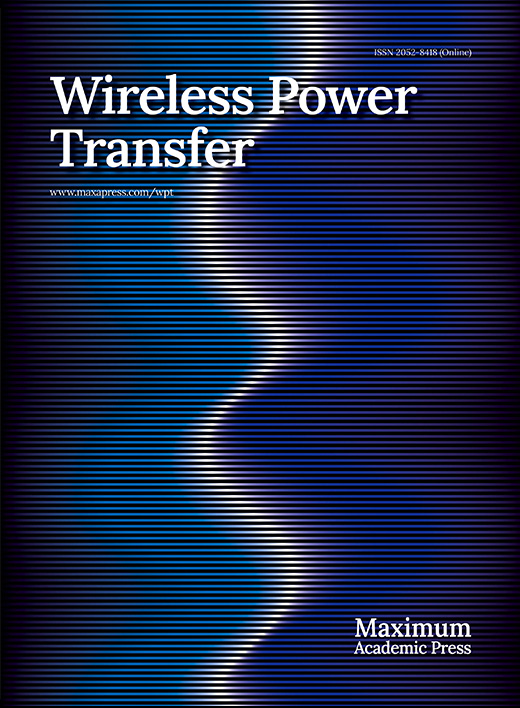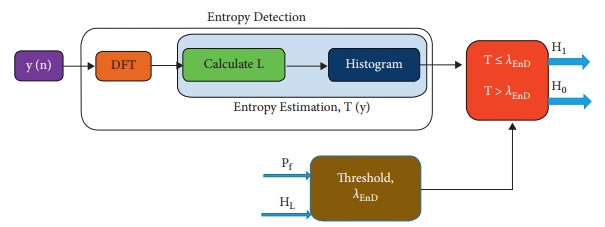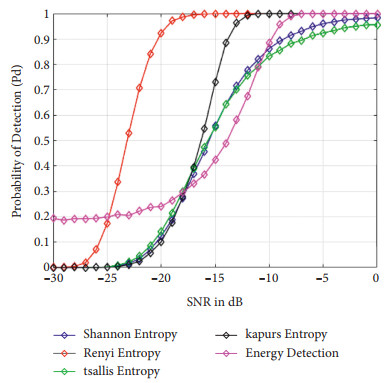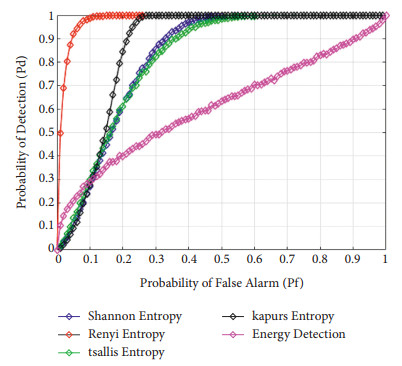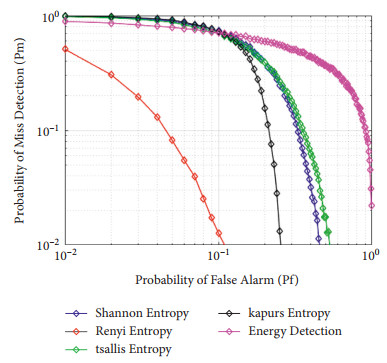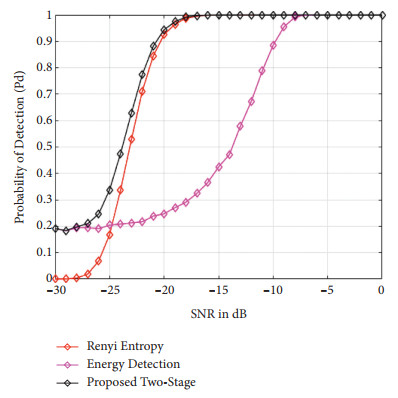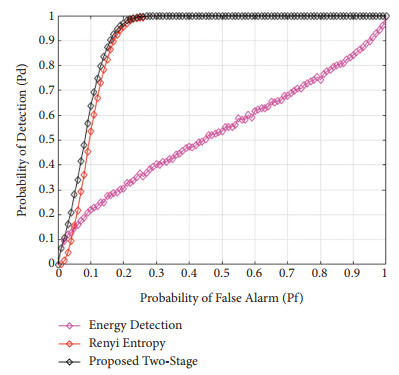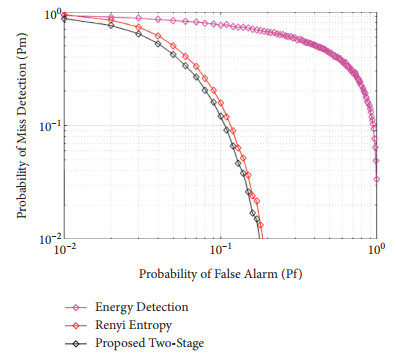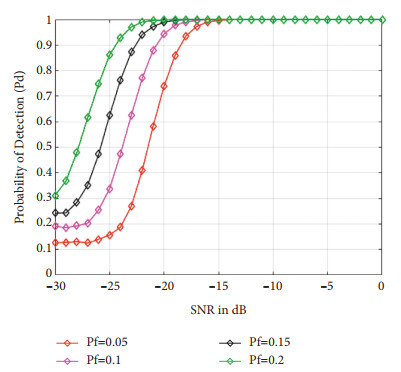-
About this article
Cite this article
Usman M B, Singh R S, Rajkumar S. 2022. Stage Spectrum Sensing Technique for Cognitive Radio Network Using Energy and Entropy Detection. Wireless Power Transfer 9: 78 doi: 10.1155/2022/7941978
Stage Spectrum Sensing Technique for Cognitive Radio Network Using Energy and Entropy Detection
Abstract: The radio spectrum is one of the world's most highly regulated and limited natural resources. The number of wireless devices has increased dramatically in recent years, resulting in a scarcity of available radio spectrum due to static spectrum allocation. However, many studies on static allocation show that the licensed spectrum bands are underutilized. Cognitive radio has been considered as a viable solution to the issues of spectrum scarcity and underutilization. Spectrum sensing is an important part in cognitive radio for detecting spectrum holes. To detect the availability or unavailability of primary user signals, many spectrum sensing techniques such as matched filter detection, cyclostationary feature detection, and energy detection have been developed. Energy detection has gained significant attention from researchers because of its ease of implementation, fast sensing time, and low computational complexity. Conventional detectors' performance degrades rapidly at low SNR due to their sensitivity to the uncertainty of noise. To mitigate noise uncertainty, Shannon, Tsallis, Kapur, and Renyi entropy-based detection has been used in this study, and their performances are compared to choose the best performer. According to the comparison results, the Renyi entropy outperforms other entropy methods. In this study, two-stage spectrum sensing is proposed using energy detection as the coarse stage and Renyi entropy-based detection as the fine stage to improve the performance of single-stage detection techniques. Furthermore, the performance comparison among conventional energy detection, entropy-based detection, and the proposed two-stage techniques over AWGN channel are performed. The parameters such as probability of detection, false alarm probability, miss-detection probability, and receiver operating characteristics curve are used to evaluate the performance of spectrum sensing techniques. It has been shown that the proposed two-stage sensing technique outperforms single-stage energy detection and Renyi entropy-based detection by 11 dB and 1 dB, respectively.


